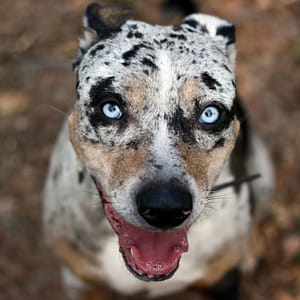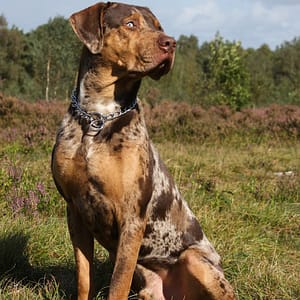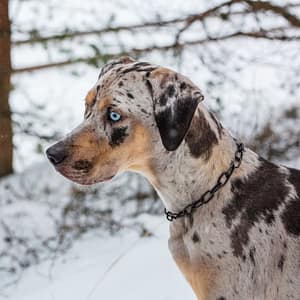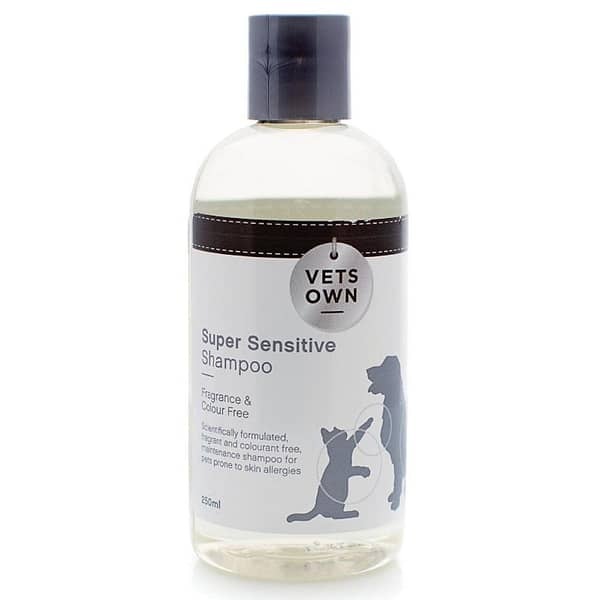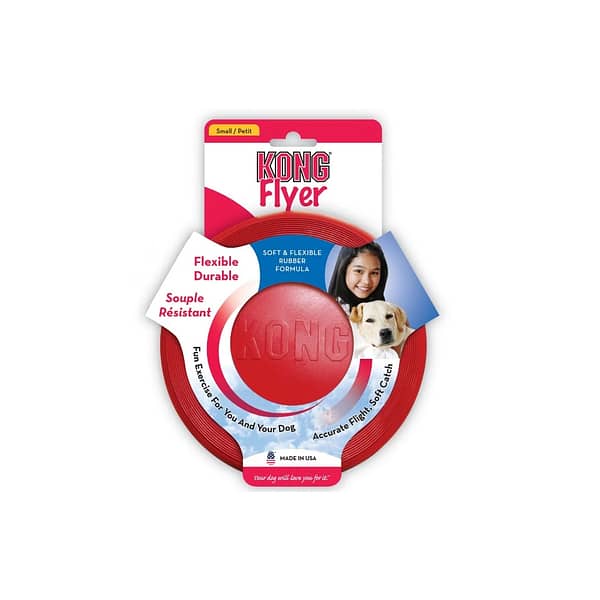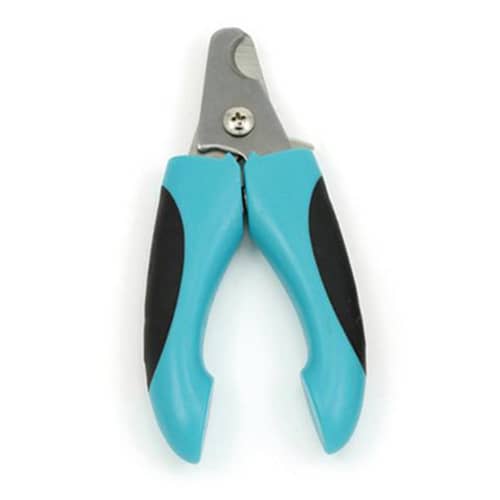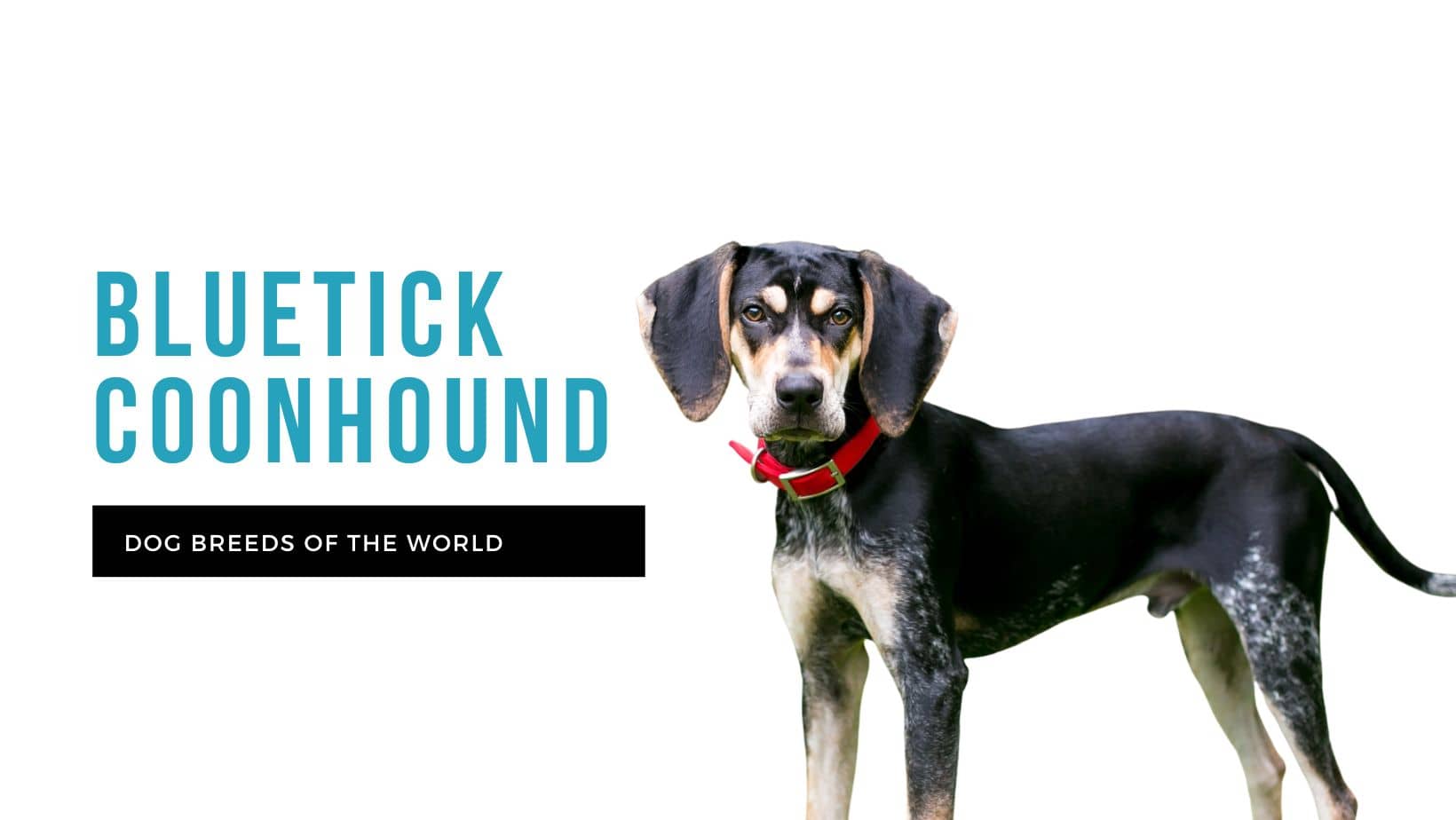
The American leopard hound is intelligent, obedient, athletic and an exceptionally talented hunting dog. While he does very well out in the field, he is also the quintessential companion dog who is protective of and loving with his family. He loves playtime in and around the house and needs to be kept busy to stimulate him mentally and physically.
Despite being a very old breed, the leopard hound is a new addition to the American Kennel Club (AKC) and is still a very rare breed. He comes in nine different colours, but no matter his coat, his aim is single-fold: chase and hold raccoons, cougars, bears and even squirrels until the human arrives.
History
Despite the American leopard hound’s relatively young status in the American Kennel Club (AKC) – he was only accepted into the AKC’s Foundation Stock Service in 2012 – the breed has been around the Americas for more than a century. The exact history of this breed is unclear, but there are two theories: 1. His ancestors arrived in North America from Spain. Some researchers believe that the Spanish dogs were bred with dogs in Mexico and further developed by American settlers. 2. It’s also suggested that the breed was developed by crossing a range of European hounds and herding dogs, which all happened in the southern States.
The American leopard hound was already fairly established by the early 1700s, when he was trained to become a hunting dog. What happened between then and the early 1900s is a bit of a mystery, but the breed declined rapidly and was thus bred with other dogs to try to re-establish the numbers. The result was that very few pure leopard hounds remained. In 1960, J. Richard McDuffie, Leroy Smith and A.W. Carter formed the American Leopard Cur Breeders Association (ALCBA) to try to find any remaining purebred leopard hounds and to regrow the breed.
The American leopard hound is a ‘tree’ dog – meaning he chases his arboreal quarry up a tree. For larger game, he holds the prey at bay – dodging any attacks to ensure he doesn’t get injured – until his master arrives to dispatch it. As soon as the hunt is up, the leopard dog is a total homebody; becoming an affectionate and protective companion dog.
Temperament
The American leopard hound is a brainy, energetic and lovable dog. Despite his excellent hunting/treeing skills, he’s also very affectionate and simply loves his family – especially the children.
The modern leopard hound might not always be kept as a hunting dog, but when he is primarily a companion dog, he should get plenty of outdoor exercise to keep his mental wellbeing in balance. He also loves indoor games and romping around the house, although he does need a big yard or plot to keep his activity up.
Health
The American leopard hound is very rare, and those who are bred with healthy bloodlines in mind are also tested for certain hereditary illnesses known in the breed. Conscientious breeders will test their breeding dogs regularly to ensure they keep any diseases at bay.
One of the risks of breeding with leopard hounds is the chance of merle-to-merle blindness and deafness. Merle leopard hounds are truly beautiful, but double-merle puppies often suffer for this aesthetic.
As large dogs, they may also be prone to hip dysplasia, so while these are very active and agile dogs, they should only be exercised to their full potential when they are 18 months to two years old.
Exercise Requirements
As a hound, the American leopard hound needs lots of exercise. He’s athletic and agile, and needs to engage in lots of play, running and chase-based activity to maintain his athleticism. Owners can also use his exercise time to train him, since this is an intelligent dog who loves to do his human’s bidding. Eager to please, he’s quick to learn and can also benefit from competitive dog sports like agility and obedience events. He would do best in a large, open environment where he can run, explore and be active with his family.
The American leopard hound is fairly sociable, but as with all dogs, he should be socialised consistently and from as early on as possible to round out his good manners. He does well in obedience training, thanks to his focus and willingness to please his owner, but as a scenting dog, he can easily wander off after interesting smells and the lure of potential prey. Recall training is vital with this breed.
Grooming Requirements
The American leopard hound has a double coat with a woolly undercoat and a fairly rough outer coat. He needs regular brushing to remove loose, dead hair and keep his coat in good condition, but can also benefit from an occasional bath to clean and condition his skin and fur. His nails grow fast, so they should regularly be trimmed short. Check his ears for any signs of infection (redness; odour) and brush his teeth daily to keep his dental health in check.
Ratings
Friendliness to other pets
Friendliness to strangers
Behaviour towards children
Statistics
| Size |
Large |
| Type |
Hound Group |
| Average adult weight |
28 kg |
| Average adult height |
64 cm |
| Average life span |
13 years |
| Breed family |
|
| Area of origin |
USA |
Gallery
Product suggestions
Similar breeds


